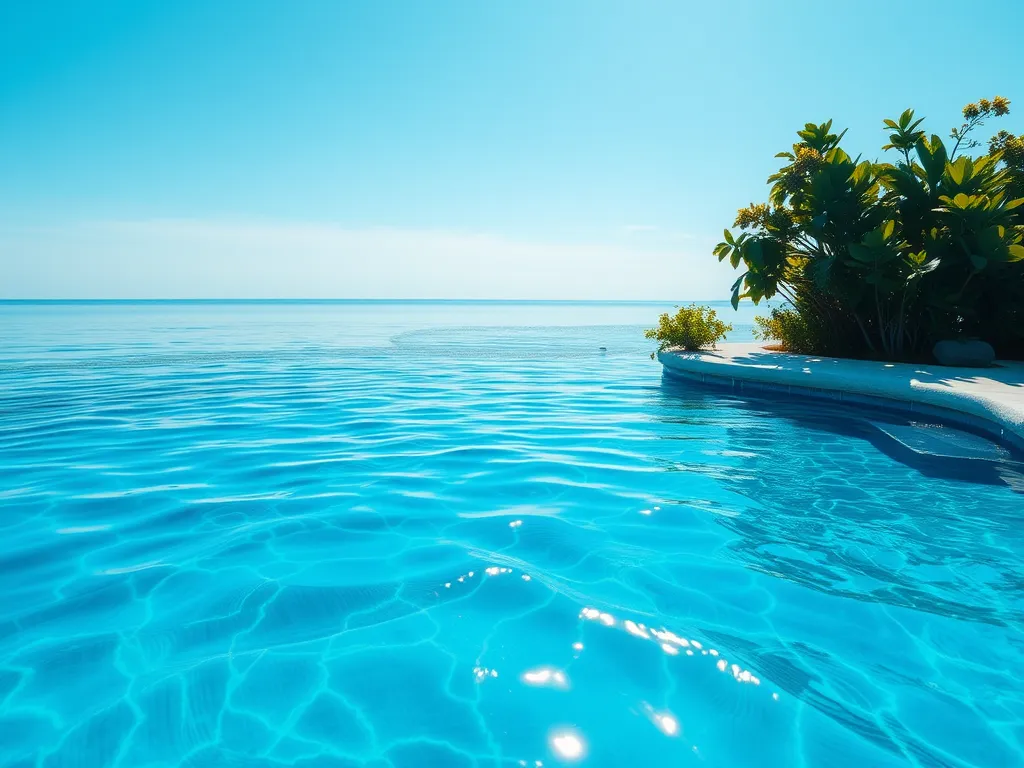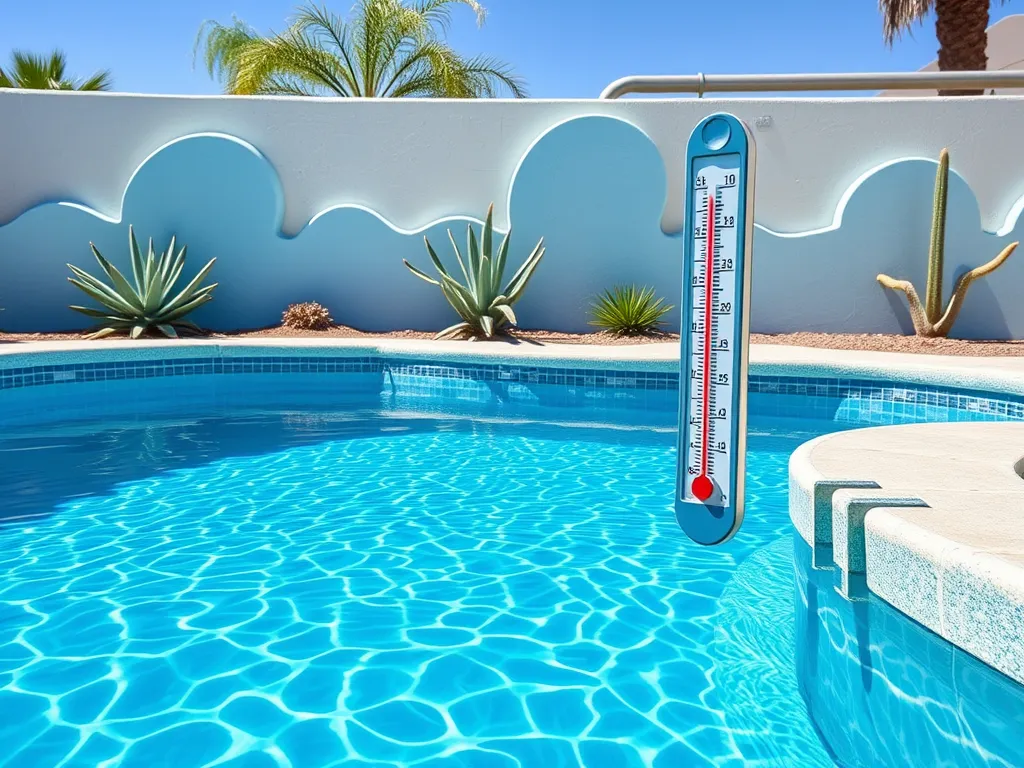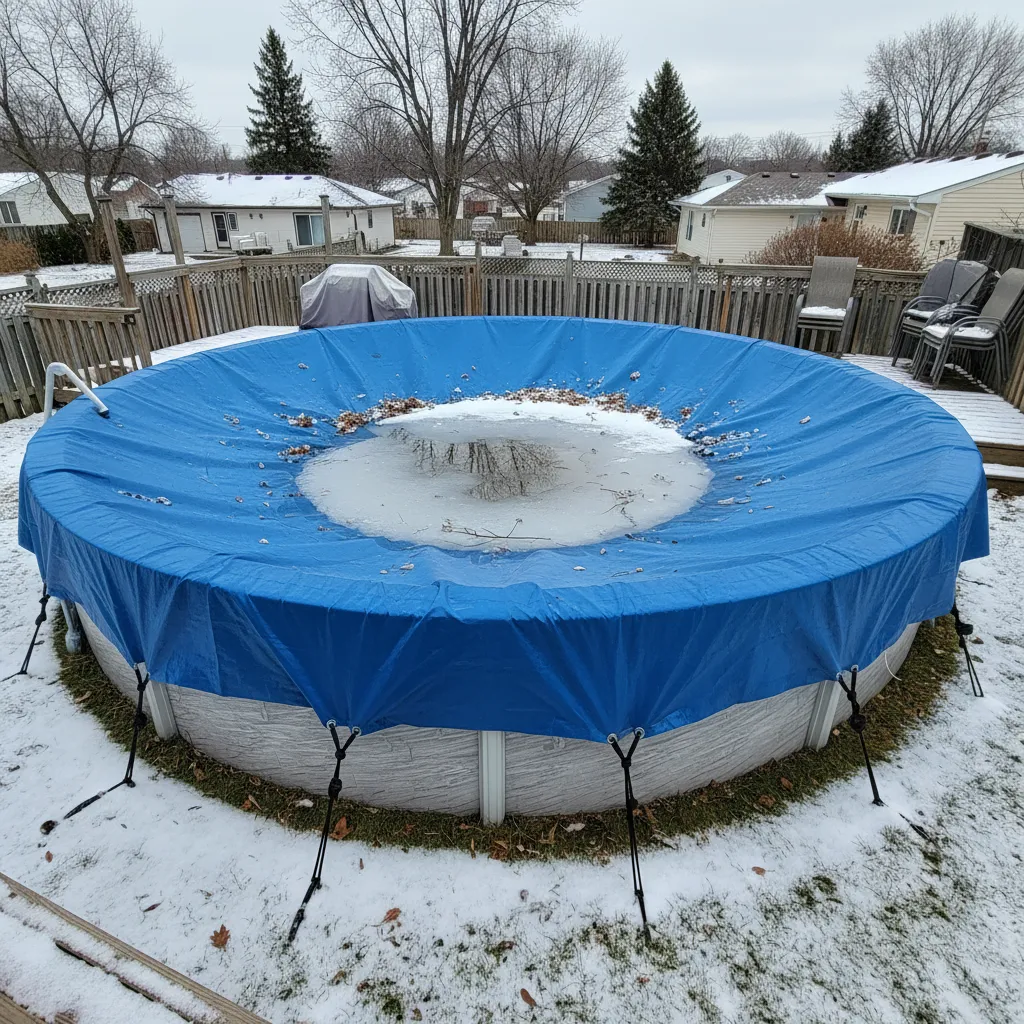Calcium Hardness Calculator: Measure Your Water’s Mineral Content
Published on: April 18, 2025 | Last Updated: April 13, 2025
Written By: Rachael Weatherbottom
Calcium hardness measures dissolved calcium in water. It’s vital for pool/spa maintenance, plumbing systems, and industrial applications. Too low = corrosive water. Too high = scaling. This calculator converts your calcium ion readings into calcium hardness (as CaCO₃) for easy analysis. No complex math needed!
Calcium Hardness Calculator
How to Use
- Enter calcium concentration from your test kit
- Confirm units (mg/L or ppm – they’re equal for water)
- Click Calculate
Note: Ideal pool hardness is 200-400 ppm. Industrial uses vary.
Crucial Winterizing Products
"The all-in-one solution for a guaranteed clear spring opening."
All-in-One Closing Chemical Kit
Winter demand is high - check stock
"The 'set & forget' option. This is the easiest winterizing I've ever done."
Simple 3-in-1 Winterizing Balls
Winter demand is high - check stock
"Invest once to protect your liner and prevent a swamp in the spring."
Heavy-Duty Winter Pool Cover
Winter demand is high - check stock
Factors Influencing Calcium Hardness in Pools
Calcium hardness (CH) measures dissolved calcium in water, expressed as parts per million (ppm). Pool surfaces, equipment longevity, and water clarity depend on maintaining 200-400 ppm CH. Four primary factors cause fluctuations. Keeping an eye on CH levels is essential for pool maintenance. It’s important to regularly test calcium hardness to ensure safe and enjoyable swimming conditions.
Source Water Composition
Municipal or well water contains varying calcium levels. In California, Central Valley groundwater averages 180-300 ppm CH, while coastal regions may dip below 100 ppm. Always test fill water before adding to the pool. Checking calcium levels is important for all types of pools. This helps in preventing calcium buildup in high diving pools.
Evaporation and Dilution Effects
Water evaporation concentrates calcium. In arid climates like Arizona or Nevada, 30% annual water loss can spike CH by 75 ppm. Conversely, heavy rainfall dilutes calcium. A 2-inch rainstorm on a 20,000-gallon pool reduces CH by 15-20 ppm.
Chemical Additives and Treatments
- Calcium hypochlorite shock: Adds 2-3 ppm CH per pound
- Saltwater chlorine generators: Accelerate calcium scaling by 15%
- pH increasers (sodium carbonate): No direct CH impact
Environmental and Usage Factors
High bather loads introduce sweat (contains calcium ions) at 0.1 ppm per person-hour. Windblown dust in desert areas contributes 5-10 ppm CH monthly. Pool plaster degradation adds 2-4 ppm weekly during initial curing.
Optimal Calcium Hardness Levels for Different Pool Types
| Pool Type | Ideal CH Range | Max Safe Level |
|---|---|---|
| Plaster/Concrete | 250-350 ppm | 500 ppm |
| Vinyl Liner | 175-225 ppm | 400 ppm |
| Fiberglass | 220-280 ppm | 450 ppm |
| Saltwater | 300-350 ppm | 550 ppm |
Plaster and Concrete Pools
New plaster releases calcium carbonate for 6-12 months. Maintain 250-350 ppm CH to prevent etching. Below 200 ppm, water leaches calcium from surfaces at 0.5 oz/sq ft monthly. Proper maintenance is essential for the longevity of the plaster. Taking care of the plaster can help extend its overall lifespan.
Vinyl Liner Pools
Flexible surfaces tolerate lower CH (175-225 ppm). Excess calcium above 400 ppm causes cloudy water but won’t damage liners. Use sequestering agents like HEDP at 8-12 oz per 10,000 gallons. A proper maintenance routine is important for all types of pool liners. Concrete pool liners offer durability and a customizable design that many pool owners appreciate.
Fiberglass Pools
Gelcoat surfaces require 220-280 ppm CH. Low levels risk osmotic blistering – moisture penetrates the shell, creating 1-3 mm bubbles. Repair costs average $75-$150 per blister. Maintaining the gelcoat is crucial to avoid these expensive repairs. This ties into the overall cost of painting a pool, as proper upkeep can reduce the need for costly fixes.
Saltwater Pools
Higher CH (300-350 ppm) stabilizes the Langelier Saturation Index (LSI). Salt cells operating at 3,000 ppm salinity increase scaling risk by 40% compared to traditional chlorine pools. Managing these levels is essential for pool health. Liquid chlorine salt pools offer a convenient option for maintaining optimal water balance.
Also See: Pool Sand Amount Calculator: How Much Do You Need?

Testing and Adjusting Calcium Hardness
Accurate measurement prevents costly damage. Three methods suit different needs and budgets.
Calcium Hardness Testing Methods
- Test strips: 95% accuracy, 30-second results, $0.50 per test
- Titration kits: 98% accuracy, 5-minute process, $1.20 per test
- Digital meters: ±5 ppm precision, $250-$400 initial cost
Interpreting Test Results
Match readings to pool type and LSI goals. For plaster pools at pH 7.4 and 80°F: LSI = (pH) + (TF) + (CF) + (AF) – 12.1 Where TF=Temperature Factor, CF=Calcium Factor, AF=Alkalinity Factor. Aim for -0.3 to +0.3 LSI. Keeping track of these factors is important for maintaining your pool. A pool plaster calculator can help you easily determine the right plaster amount needed based on your pool’s dimensions and conditions.
Raising Calcium Hardness With Calcium Chloride
Use 94-96% pure calcium chloride pellets. Dosage: 10 ppm increase in 10,000 gallons = 1.25 lbs Cost: $2.50-$3.50 per pound retail. Dissolve in bucket before adding to deep end. Calcium chloride helps raise the hardness of the pool water. This can prevent corrosion and make the water more pleasant for swimming.
Lowering Calcium Hardness Through Dilution
Partial drain/refill ratios: Current CH 600 ppm → Target 300 ppm: Replace 50% water Use softened water (30-50 ppm CH) if available. Cost: $4.50 per 1,000 gallons in drought areas. This process can influence the overall expense of maintaining your pool. It’s important to consider how draining and refilling your pool affects the total drain pool cost.
Common Issues Caused by Imbalanced Calcium Hardness
Improper CH management leads to visible and structural damage within 6-18 months.
Calcium Scaling and Surface Damage
At LSI > +0.5, scale forms on tiles (1/16” per year) and equipment. Acid washing costs $500-$800 for 15,000-gallon pools. Severe scaling reduces heater efficiency by 25%. The costs of maintaining pool cleanliness can add up quickly. It’s important to consider these expenses when budgeting for pool cleaners and maintenance.
Corrosion Of Pool Components
LSI < -0.5 dissolves calcium from plaster (0.1” depth loss annually). Metal parts corrode: • Heat exchangers: 2-5 year lifespan reduction • Stainless steel bolts: Rust within 12 months. This shows the importance of maintaining a proper balance in water chemistry. The [flexible_link url="https://mypoolcalc.com/calcium-saturation-index" type="permanent"]calcium saturation index[/flexible_link] plays a crucial role in preventing such issues by indicating whether water can hold calcium without causing damage.
Cloudy Water and Filter Strain
High CH causes calcium carbonate turbidity. Sand filters require 50% more backwashing. DE filters need 20% more powder. Cartridge filters lose 30% capacity.
Calcium Hardness Management in Different Climates
Regional weather patterns dictate adjustment frequency and methods.
Arid Regions With High Evaporation
In Phoenix, AZ: • Annual evaporation: 60-80 inches • CH increases 8-10 ppm monthly Use auto-fill systems with CH inhibitors
Humid Environments With Rainfall Dilution
In Miami, FL: • 60” annual rainfall reduces CH 2-3 ppm per storm Install overflow drains to manage dilution
Seasonal Fluctuations and Winterization
Northern pools require pre-winter CH boosts: • Close at 350-400 ppm CH • Ice expansion prevents plaster damage

FAQs – Calcium Hardness in Pool Maintenance
Why Test Calcium Monthly?
Calcium remains stable longer than pH or chlorine, but seasonal use changes and topping off alter levels. Monthly checks prevent gradual drift beyond safe ranges.
Can Swimmers Feel High Calcium Levels?
No direct skin impact below 800 ppm. However, associated pH imbalances from scaling can cause eye irritation. Always balance LSI, not just CH.
Does Magnesium Affect Testing?
Standard CH tests measure Ca²+ and Mg²+. For precise readings, use a magnesium reagent blocker. Most pools have 50-100 ppm magnesium hardness.
Advanced Calcium Management Techniques
Reverse Osmosis Treatment
Mobile RO units reduce CH 300-400 ppm in 8 hours. Costs $300-$600 per treatment. Saves 80% water vs draining in drought zones.
Automated Monitoring Systems
Digital controllers like IntelliChem ($1,200) test CH every 4 hours. Integrate with chemical feeders for ±10 ppm accuracy.
For detailed LSI calculations and scenario modeling, visit My Pool Calculator. Our tools account for temperature, TDS, and cyanuric acid levels when assessing calcium needs.
Additional Resources for You:
- Tamminen, T. (2019). The Complete Pool Manual for Homeowners: A Step-by-Step Maintenance Guide. New York, NY: Skyhorse Publishing.
- Water Hardness Calculator – Calculator Academy
- Calcium Hardness as CaCO3 | SVL Analytical, Inc
- Water Hardness Calculator
- Pool Calculator | Water Balancing | Pool Operation Management
A pool care geek who’s been testing water chemistry since she was tall enough to reach the skimmer.
Chemical Dosage, Pool Calculators





